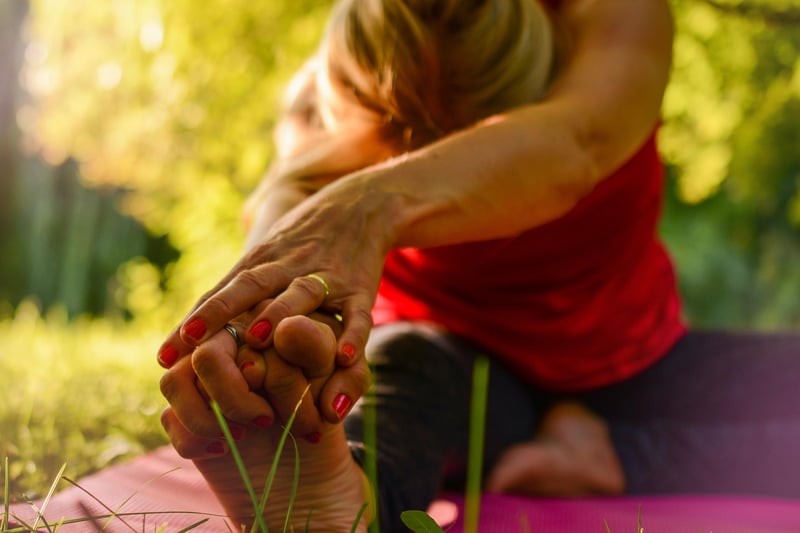Static Stretching
Improving Flexibility Through Static Stretching
Flexibility is an essential component of overall fitness and plays a vital role in everyday activities. Static stretching is a popular technique used to enhance flexibility by increasing the length of muscles and improving joint range of motion. Incorporating static stretches into your daily routine can lead to various benefits, including reduced muscle tension, improved posture, and enhanced athletic performance.
Benefits of Static Stretching:
- Enhanced Flexibility: Static stretching helps elongate muscles, making them more pliable and improving overall flexibility.
- Improved Circulation: Stretching increases blood flow to the muscles, promoting better circulation and nutrient delivery.
- Reduced Injury Risk: Flexible muscles are less prone to injuries, making static stretching an important component of injury prevention.
- Enhanced Muscle Relaxation: Stretching can help alleviate muscle tension and promote relaxation after physical activity or a long day.
Static Stretching Techniques:
When performing static stretches, it's essential to do them correctly to maximize their benefits and avoid injury. Here are some tips for effective static stretching:
- Hold Each Stretch: Hold each stretch for 15-30 seconds to allow the muscles to elongate gradually.
- Avoid Bouncing: Bouncing during a stretch can cause muscle tears and is not recommended. Maintain a steady and gentle stretch.
- Breathe and Relax: Remember to breathe deeply and relax into each stretch to enhance its effectiveness.
- Focus on Major Muscle Groups: Target major muscle groups like hamstrings, calves, quadriceps, and shoulders for comprehensive flexibility improvement.
Sample Static Stretches:
Here are a few static stretches that you can incorporate into your routine:
- Hamstring Stretch: Sit on the floor with one leg extended and the other bent. Reach towards your toes while keeping your back straight.
- Quad Stretch: Stand tall, bend one knee, and bring your heel towards your glutes. Hold your foot with your hand to feel the stretch in your quadriceps.
- Shoulder Stretch: Extend one arm across your body at shoulder height and gently press it with the other hand to stretch the shoulder muscles.
Remember to consult with a fitness professional or a physical therapist before starting any new stretching routine, especially if you have existing injuries or medical conditions.
By incorporating static stretching into your daily regimen, you can improve your flexibility, enhance muscle function, and promote overall well-being. Make stretching a regular part of your fitness routine to experience the benefits of increased flexibility and mobility.
Stay flexible, stay active!

